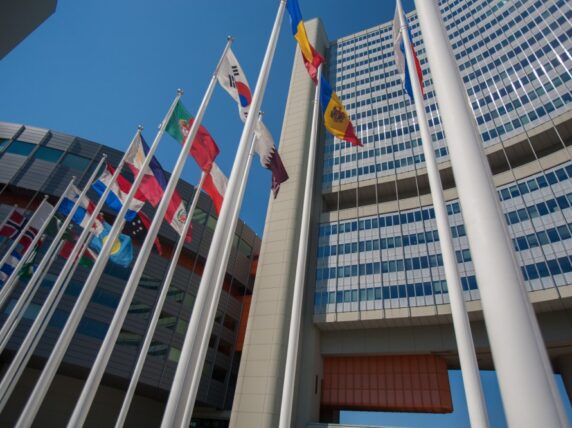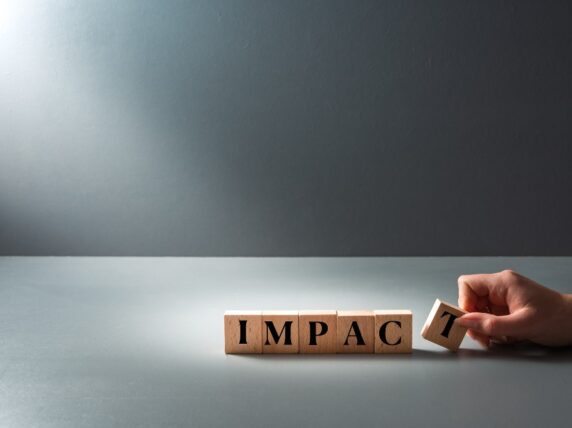3 practical ideas to shift the power in partnerships
Power in partnerships matters. If an organisation feels it can’t speak its mind in a partnership, then it might not be open about problems it is facing.
Programme design suffers too, when a partner doesn’t feel empowered to say, “hang on – that won’t work”.
This is particularly (though not uniquely) an issue when it comes to the global north-south divide in development. Organisations in the global south are critical to ensuring development efforts are relevant, effective and sustainable. However, it’s all too common to see power disparities in partnerships between grant-holding INGOs in the north and organisations in the south, with the former so often making requests (do this, report on that) and the latter complying.
At Integrity Action, we have been trying to go beyond warm words and make some tangible changes to how we take part in partnerships to tackle this problem. I’m going to share three things we are now doing to rectify this imbalance.
1. Two-way due diligence
We believe due diligence comes with a stark, though implicit, power dynamic attached: we, the typically larger INGO, will now check that you are worthy of working with us – and our donor’s money. Happening at the beginning of a relationship, it establishes one side as the judge, the other as the judged upon.
We don’t deny that due diligence is important – it’s just that we want it to work both ways. Now, whenever we kick off a relationship and need to request documents, we firstly provide the exact same documents we are asking for, from our side. This typically includes our annual accounts over multiple years, and key policies on things like finance and safeguarding, to name a few. We also explain why we’re doing it and invite questions.
Many organisations, us included, have these things published on their website, but we feel it’s still important to offer them in this way. We want the prospective partner to feel that they can judge us. It also means that we conduct due diligence in the same way, whether we are a sub-grantee or the “lead”.
2. The power of “the parties”
The key way in which a partnership is codified is through the partnership agreement or MOU. We feel the way they are written can often reinforce the power disparity we want to challenge. Let’s take this clause, randomly plucked from a partner agreement in our archives:
The PARTNER authorises INTEGRITY ACTION to include information and pictures in relation to the Grant in its annual reports or in any other publication.
Seems a bit one-sided, right? What if this PARTNER wants to put pictures in their annual reports? Well, I have found it a rather fun exercise (honest) to go through partner agreements and ask, for every possible clause, what would this look like if it was designed reciprocally?
Subscribe to our newsletter
Our weekly email newsletter, Network News, is an indispensable weekly digest of the latest updates on funding, jobs, resources, news and learning opportunities in the international development sector.
Get Network NewsWhat this means in practice is that the names “PARTNER” or “INTEGRITY ACTION” cannot appear: only “THE PARTIES”. The above clause would simply begin “The PARTIES authorise each other to…” and so on. Whatever the effect might be on the partner, it forces us to rethink every aspect of our interaction and ask when and why the partner might make demands of us.
I know what you’re thinking. There is a bunch of clauses for which this cannot be done – and they are primarily the ones involving money. One partner gives it, the other receives it and reports on it. Perhaps this takes us to the heart of the issue, which is that for all the well-meaning ideas we might come up with, money is power in partnerships. We can’t tackle that – can we?
3. Leading from the south
Integrity Action has multiple partnerships with south-based organisations in which we are the “lead”. But we are now actively seeking to “sub” to south-based organisations as well, and have had two recent bids using this arrangement.
There are plenty of sizeable organisations headquartered in the south, but the kind of “lead” we have in mind is smaller than this, and closer to communities; the kind of organisation which is often referred to as a “local partner”.
To many this might feel fine in principle but difficult in practice. Civil society organisations like these should play a leading role in development, but do they have the capacity to handle the funds or other donor requirements? Well, plenty of them do – up to a certain budget size – and others can be supported.
So if money is power in partnerships, this arrangement would put the power closer to communities. I won’t pretend this is radical – after all, the ultimate source of the money is still a donor. Notwithstanding south-south cooperation, that donor is probably in the north. Community philanthropy, and the #shiftthepower movement, highlights what can happen when the money is raised in the community itself.
These three ideas are not sufficient for strong and balanced partnerships, of course. As well as concrete changes, it is just as important to think about day-to-day interactions with partners – how those conversations happen and who sets the agenda. Developing strong partnerships is not only about addressing power dynamics, but also about building trust in both directions.
I would be delighted to hear what others are doing to share power and develop trust in partnerships – Tweet us at @dfthorne1 or @Act4Integrity and we will share whatever we get.
Category
News & views



